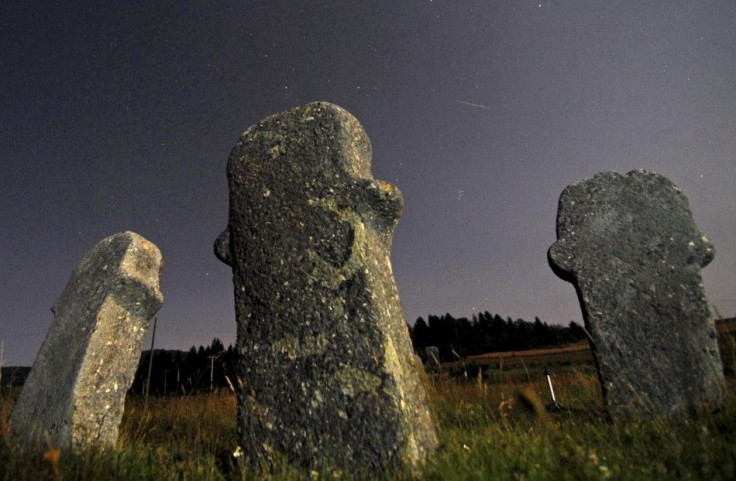Meteor-Fright Or UFO Mystery: 'Flaming Space Rock' Feared To Be Alien Craft In Spain [Watch Video]

A suspected meteorite, with a trail of fire, lit up the skies of Spain and was feared to be a burning UFO heading for Earth.
According to The Mirror, the panicked residents called emergency services, with several people claiming that it was a burning UFO sighting, while others assumed it was a downed plane.
Space experts have been examining the fireball since Sept. 7 with the help of a large number of footage posted on social media. One of the videos, a seven-second clip, shows a fast ball of light believed to be a meteorite, flying across the sky in high speed before exploding. It was somehow similar to the 10-ton meteor last year in February, which injured hundreds of people when it blew over Russia at a speed of 33,000 miles per hour.
A few other video clips posted on social media had images of the space rock blazing across the sky, changing its color and then leaving a trail of smoke behind.
The Spanish Meteor Network has said that the meteor was seen in eight regions in Spain. A lot of people from Barcelona and Aragon in the northeast, Castilla-La Mancha and Castilla y Leon in the centre, Valencia in the east, Andulcia in the south and Ectremadura in the west claimed that they had seen the fireball. This event was monitored by Aemet, the Spanish Meteorological Agency.
Jessica Lleonart captured a video of the fireball as it exploded over Sant Antoni de Calonge in Catalan.
Jose Maria Trigo, a Spanish astrophysicist, said that they thought the meteorite flew over many areas of Spain, but since it was cloudy, many areas have missed the sighting. His team is observing the amateur footage, as well as scientific data, to confirm what the object was.
Mr. Trigo added that it would take several weeks of research to find out where the "meteor" has landed, as there was an absence of stars in the pictures. He thanked all the photo and video contributors as they helped make their work so much easier.
YouTube/ News24x7




















